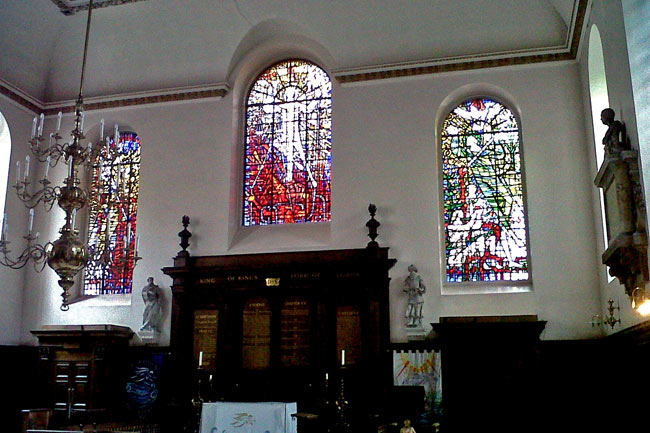As work on Watson’s biography continues, one thing which is becoming apparent is the importance to Bacon at certain points in the development of his reputation of his link with Peter Watson. It is unknown when they actually met. They moved in the same part of the London art world and may well have met during or shortly after the War through the introduction of someone like Lucian Freud. Watson had supported Freud financially since he was very young and the close friendship between Freud and Bacon could easily have led Bacon to Watson. Watson’s flat at 10 Palace Gate was a sort of mecca for young British artists, many of whom visited him there to see his collection of art and to gain access to his collection of foreign art magazines such as Cahiers d’Art and Minotaure. An alternative possibility is that Watson met Bacon through Graham Sutherland, who was a great friend of Watson’s and Bacon’s. In any event, Watson made an important contribution to Bacon’s reputation by getting his friend, Robert Melville, to write a serious piece on Bacon for the very last edition of Horizon, which came out in December 1949. By this time, Bacon’s work had been treated by the art press with a mixture of horror and bewilderment; Melville’s piece was supportive and measured.
Then in 1954 Watson, who was a member of the relevant committee, was probably responsible for bringing to the ICA, which he had helped to support since its earliest days, the idea of holding a small Bacon retrospective. When this took place in 1955, it was the first ever attempt publicly to review Bacon’s painting as a whole. Many more retrospectives were to follow.
It is easy with hindsight to forget that Bacon’s later status as one of the most important British artists of the 20th century was far from being a foregone conclusion in the 1950’s and needed effective promotion. Watson undoubtedly did less than David Sylvester, but it is high time that his contribution was acknowledged. I am told by those who knew Bacon that Peter Watson was one of the very few people whom he always spoke well of, as did Lucian Freud.
Please click on this link if you would like to register for pre-publication information on Peter Watson biography

